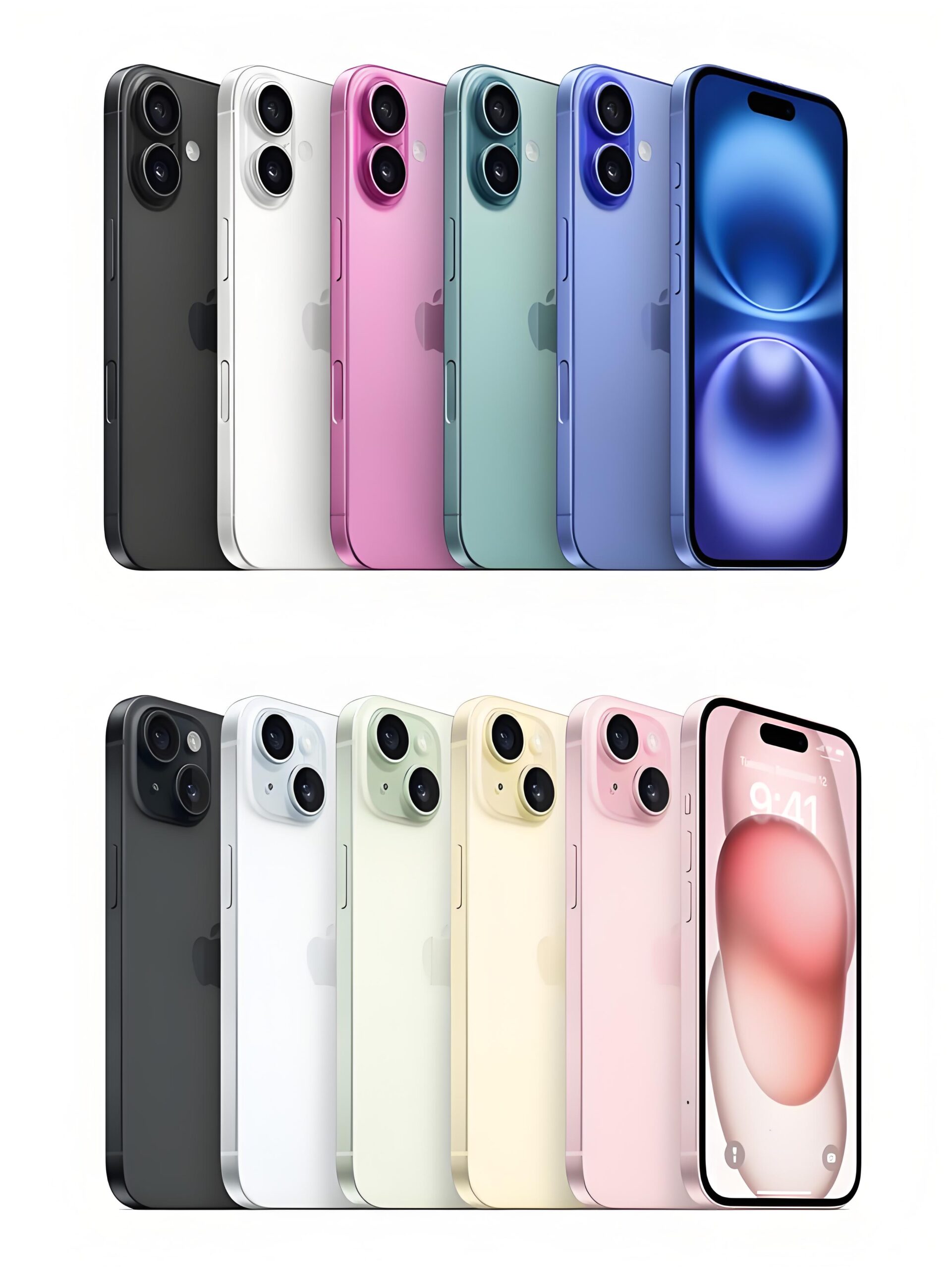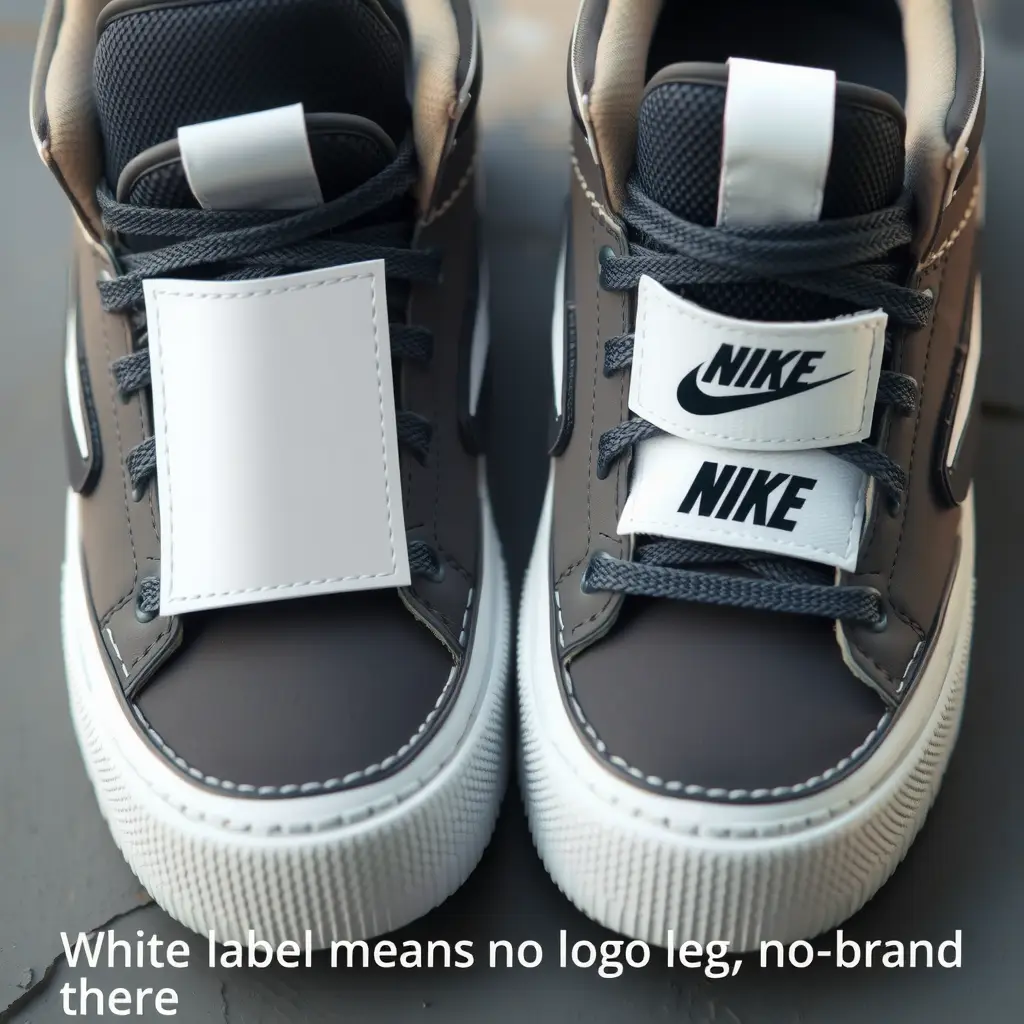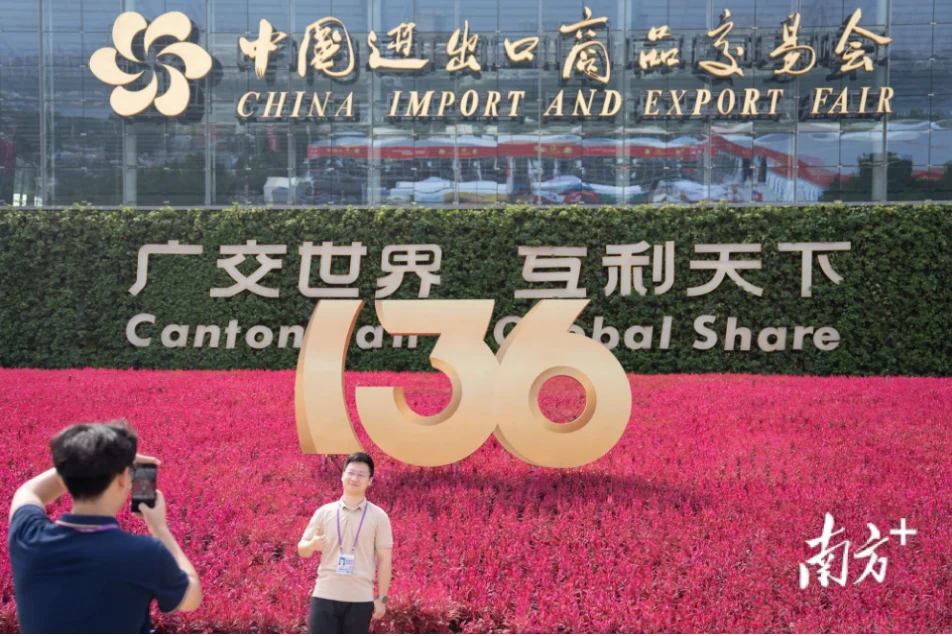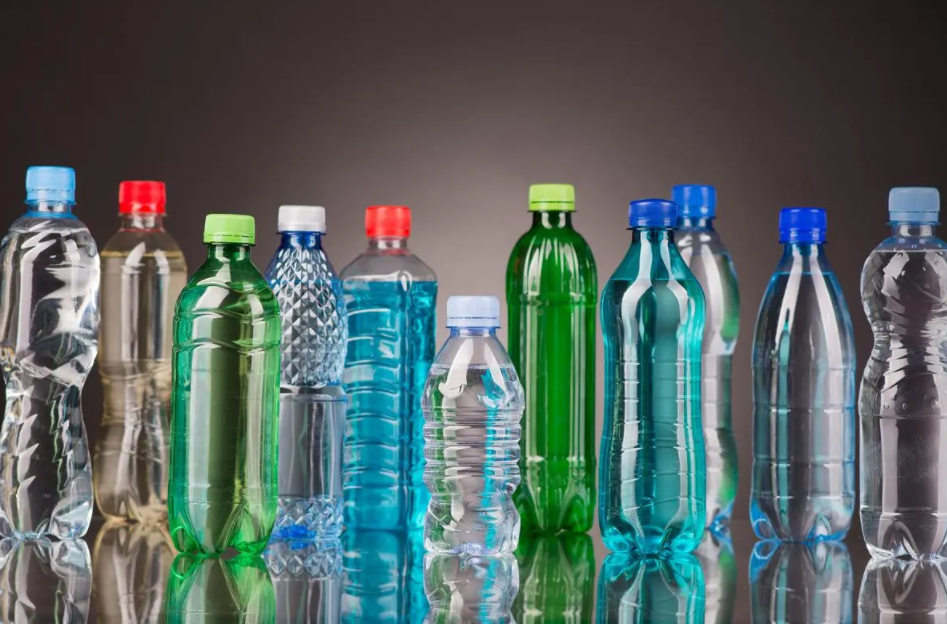
Plastic bottles are a fundamental part of modern life, appearing everywhere from grocery stores to homes. However, many people don’t fully understand the diverse types of plastic bottles available, the materials they are made from, and the environmental impact they have. In this comprehensive guide, we will explore the different types of plastic bottles, helping you identify which are best for your needs, and how to make more environmentally friendly decisions. Whether you are curious about what plastic is water bottles made of or are a business looking for sustainable plastic material types, this guide covers all aspects of the world of plastic bottles.
Common Types of Plastic Used for Bottles
There are several types of plastic bottles available, each made from different materials that offer distinct properties. The most common materials include PET (polyethylene terephthalate), HDPE (high-density polyethylene), PVC (polyvinyl chloride), and PP (polypropylene). Understanding these plastic material types helps consumers make informed choices, particularly when it comes to recycling and environmental impact. For example, PET is widely used for water bottles types because it is lightweight and easily recyclable.
Each type of plastic serves a unique purpose, and not all plastic bottles are created equally. This guide will delve deeper into the different types of plastic bottles and their uses, to help you choose the best option for your specific needs.

PP Plastic Bottles
Understanding the Recycling Symbols on Plastic Bottles
Most plastic bottles come with a recycling symbol indicating the type of plastic they are made from. This is important for proper disposal and recycling. The numbers inside the recycling symbol refer to the plastic material types, such as:
PET (1): Commonly found in water bottles types and soda bottles.
HDPE (2): Used for milk jugs, detergent bottles, and other products.
PVC (3): Less commonly used for bottles due to environmental concerns.
PP (5): Found in some food containers and plastic bottles for household goods.
Recognizing these symbols allows consumers to dispose of their plastic bottle responsibly, ensuring it is recycled appropriately.
Advantages and Disadvantages of Different Types of Plastic Bottles
Every plastic bottle material comes with its own set of advantages and disadvantages. PET, for example, is highly recyclable and lightweight, making it ideal for water bottles types. However, it is not as durable as other plastic material types. HDPE is stronger and used for more heavy-duty bottles, but it is bulkier and less transparent than PET.
PVC, while versatile, is harmful to the environment and difficult to recycle. PP is durable and resistant to high temperatures, making it suitable for hot liquids, but it is not as commonly used for beverages. Understanding these trade-offs is essential when selecting the right type of plastic for your needs.
PET Plastic Bottles and Their Uses
PET bottles are among the most widely used types of plastic bottles in the world. They are primarily used for beverages, including water bottles types, soda, and juices. PET is popular because it is transparent, lightweight, and safe for food contact. Consumers often ask, “What plastic is water bottles made of?” The answer is typically PET, which is favored for its recyclability and lower environmental footprint compared to other plastic bottles. However, PET can degrade over time, especially if exposed to heat or sunlight.
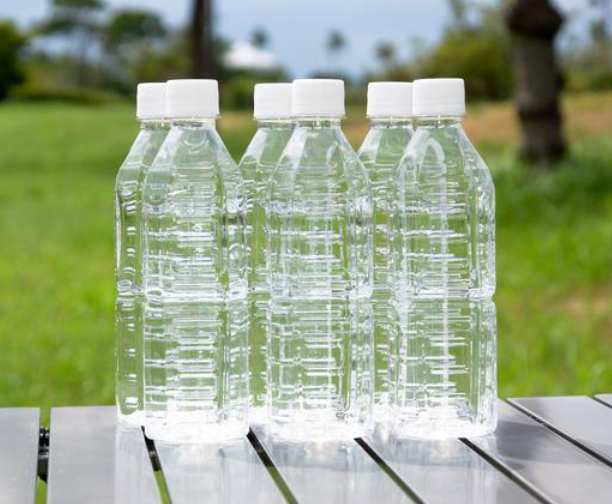
PET Plastic Bottles
HDPE Plastic Bottles and Their Uses
HDPE is another common plastic type used for bottles, especially for products like milk, detergents, and other household cleaners. Unlike PET, HDPE is opaque and more resistant to impact, making it suitable for more robust uses. Though less common for water bottles types, HDPE bottles are often used where durability is a key requirement. HDPE is also easily recyclable, which makes it a popular choice for environmentally conscious brands.
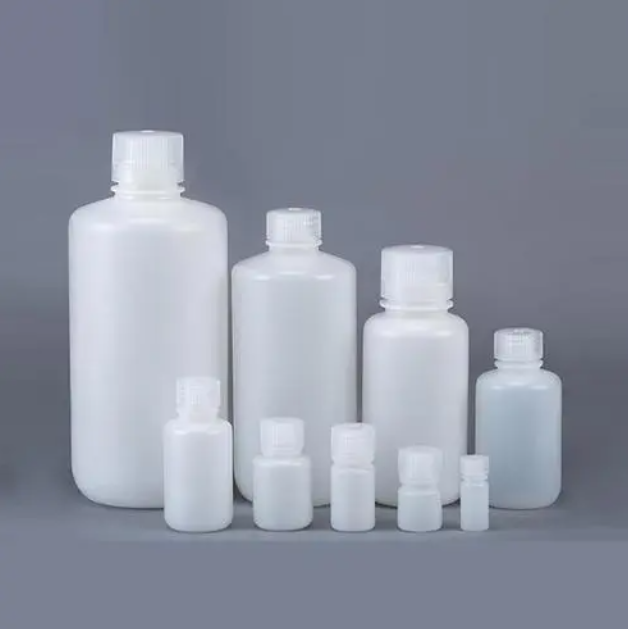
HDPE Plastic Bottles
PVC Plastic Bottles and Their Uses
PVC, or polyvinyl chloride, is a versatile plastic material type used for various applications. While it can be found in some plastic bottles, PVC is less favored due to its environmental impact and difficulty in recycling. It is more commonly used in pipes and other durable products. Despite its flexibility and strength, PVC is not recommended for food or beverage storage because of the potential for harmful chemicals to leach into the contents.
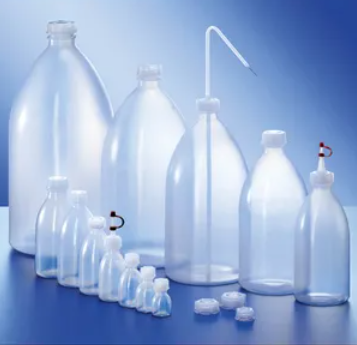
PVC Plastic Bottles
PP Plastic Bottles and Their Uses
PP, or polypropylene, is a strong and heat-resistant plastic type commonly used in plastic bottles that need to withstand high temperatures. It’s found in containers for hot liquids and food storage. PP is durable and resistant to chemicals, but it is not as recyclable as PET or HDPE. However, its unique properties make it essential in specific industries that require robust, heat-resistant plastic bottles.
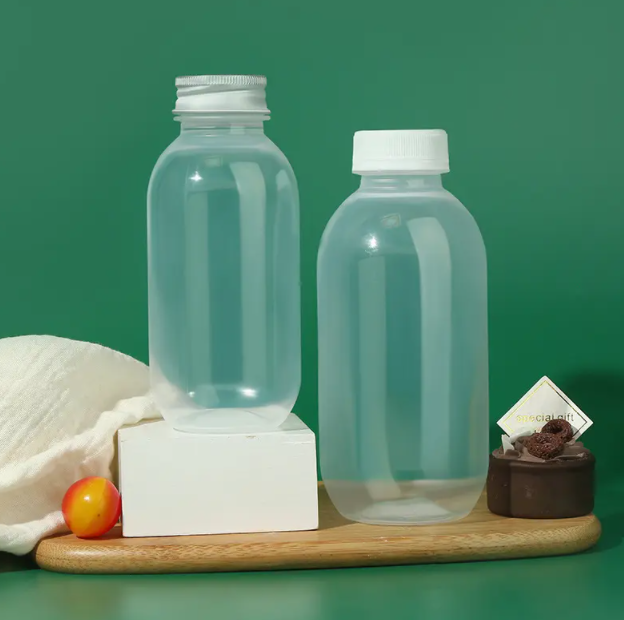
PP Plastic Bottles
Other Types of Plastic Bottles and Their Uses
In addition to the common types of plastic bottles like PET, HDPE, PVC, and PP, there are other plastic material types used in niche applications. For instance, LDPE (low-density polyethylene) is used for squeeze bottles, while PS (polystyrene) can be found in some single-use drink containers. Each plastic bottle plastic type has unique characteristics that make it ideal for certain applications but may also limit its recyclability.
Choosing the Right Type of Plastic Bottle for Your Needs
When selecting from the different types of plastic bottles, it is crucial to consider both the environmental impact and the intended use of the bottle. Whether you’re wondering what plastic is water bottles made of or seeking the most sustainable plastic bottle options, understanding the properties of each plastic material type can help you make informed decisions. PET and HDPE are popular choices due to their recyclability and durability, while PVC and PP serve specialized needs. By choosing the right type of plastic, consumers and businesses alike can contribute to reducing the environmental footprint of plastic bottles.
In conclusion, learning about the various types of plastic bottles helps in making better purchasing choices and understanding the broader environmental implications. Empower yourself with the knowledge of plastic bottles, and choose wisely for both practicality and sustainability.
Share This Story, Choose Your Platform!
We connect you with reliable factories, get the best quotes, deliver straight to your door.

